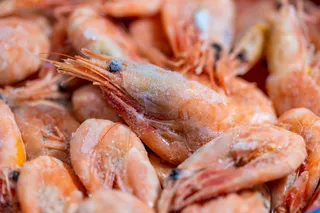For something that grows so carelessly and freely on our fruits and breads, mass producing the white mold and its hidden wonder drug penicillin was devilishly difficult. After Alexander Fleming’s accidental discovery of a bacteria-killing mold contaminating his cultures of Staphylococcus aureus, it languished as a laboratory parlor trick until World War II and the desperate need for treatments to fight bacterial infections became quickly apparent (1).
alexander fleming
An image of Alexander Fleming’s original culture of penicillium mold. In his 1929 paper, it is described as a “photograph of a culture-plate showing the dissolution of staphylococcal colonies”. Image: A Fleming. Click for source.
Researchers working at Oxford University in the late 1930s had been able to isolate the penicillin compound and prove demonstrably that it could be used to treat deadly infections but the matter of transforming the spores from kitchen pests to medicinal powerhouses still remained. In 1941, ...













